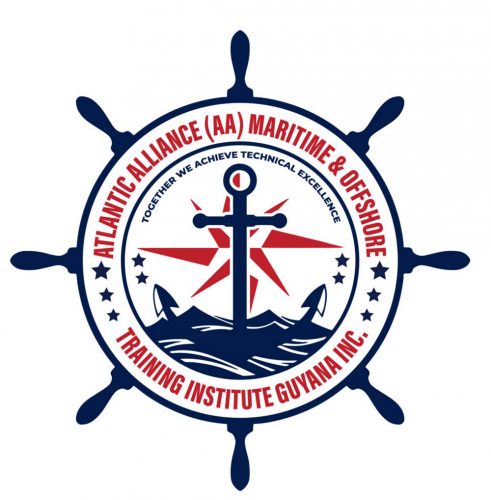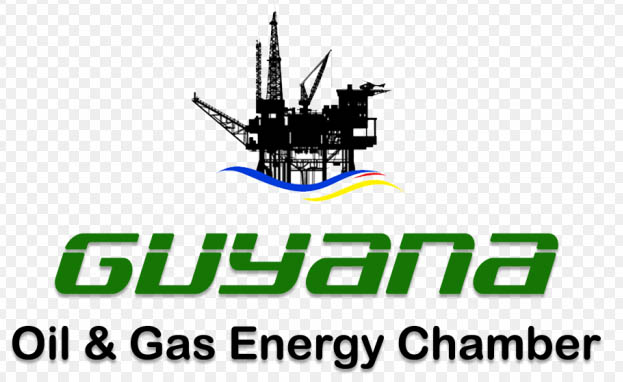Confirmation in 2015 that Guyana had become an ‘oil rich’ nation triggered, shortly thereafter, energetic public chatter regarding possible lucrative ‘openings’ in various parts of the industry for the trained/qualified. The notion eventually gave rise to energetic chatter and afterwards to a somewhat more structured discourse regarding a route through which Guyanese could eventually take up positions in the sector that offered levels of professional satisfaction and monetary rewards that went beyond the levels that had previously obtained in Guyana.
Discussion, over time, has found its way into other relevant avenues… like the fact that the complete absence of a track record in the sector had meant that the cupboard was decidedly bare insofar as institutions that could offer courses that would qualify Guyanese (over a relatively short period of time) to take up sensitive positions in the oil and gas sector was concerned. At the level of formal institutions, the University of Guyana (UG) and the Government Technical Institute (GTI) appeared to be the best-positioned local institutions to ‘lead the way.’

This gave rise to limited discourses on issues like curriculum paths that might easiest lead to the doorway into the oil and gas industry. This appeared to give rise to initiatives by various ‘service providers’ including functionaries in the oil and gas sector to offer ‘in house pep talks’ to groups of schoolchildren on the ‘oil and gas industry’ and the sorts of academic qualifications that might allow for a ‘foot in’ the oil and gas door.
Such undertakings, it should be stated, whilst almost certainly creating a fair measure of ‘feel good’ among the students, have always been an integral part of enhancing the image of oil companies as ‘good citizens’ given the fact that it has been the case that in some countries where their investment pursuits had taken them, the locals have not always been welcoming of their presence.

The reason, of course, has to do with the perceived positive transformational impact (on the countries in which they operate) that derive from public perceptions of the roles that they play in national development. This much was reportedly manifested in what the Stabroek Business was told was a surge of interest among Secondary School ‘seniors’ in participating in the recently conducted ‘oil and gas training’ for Secondary Schools executed by the Guyana Oil and Gas Energy Chamber (GOGEC) in collaboration with the Guyana Telephone and Telegraph Co. Ltd (GTT) for students from Diamond Secondary, Friendship Secondary, and Cummings Lodge Secondary Schools.
The focus of the exercise – executed by a team from AA Maritime and Offshore Training Institute Guyana – was on disseminating information on the various courses offered by the institute, the definition of an FPSO –Floating, Production, Storage and Offloading – vessel used for the production, storage and of crude oil. The current buzz around the issue of local training to broaden the base of the existing Guyanese work force in the sector centres on the G$2.6 billion Home Oil and Gas-financed Port Mourant Training Facility.
Recently described by President Irfaan Ali as an investment in Guyana’s future, the first phase of the project, which was commissioned earlier this month, reportedly encompasses tools that are critical to the effective execution of aspects of oil and gas training. Some of the ‘big players’ in Guyana’s oil and gas sector, including ExxonMobil Guyana Limited (EMGL), Hess and CNOOC, are involved in providing various forms of support for the project.





